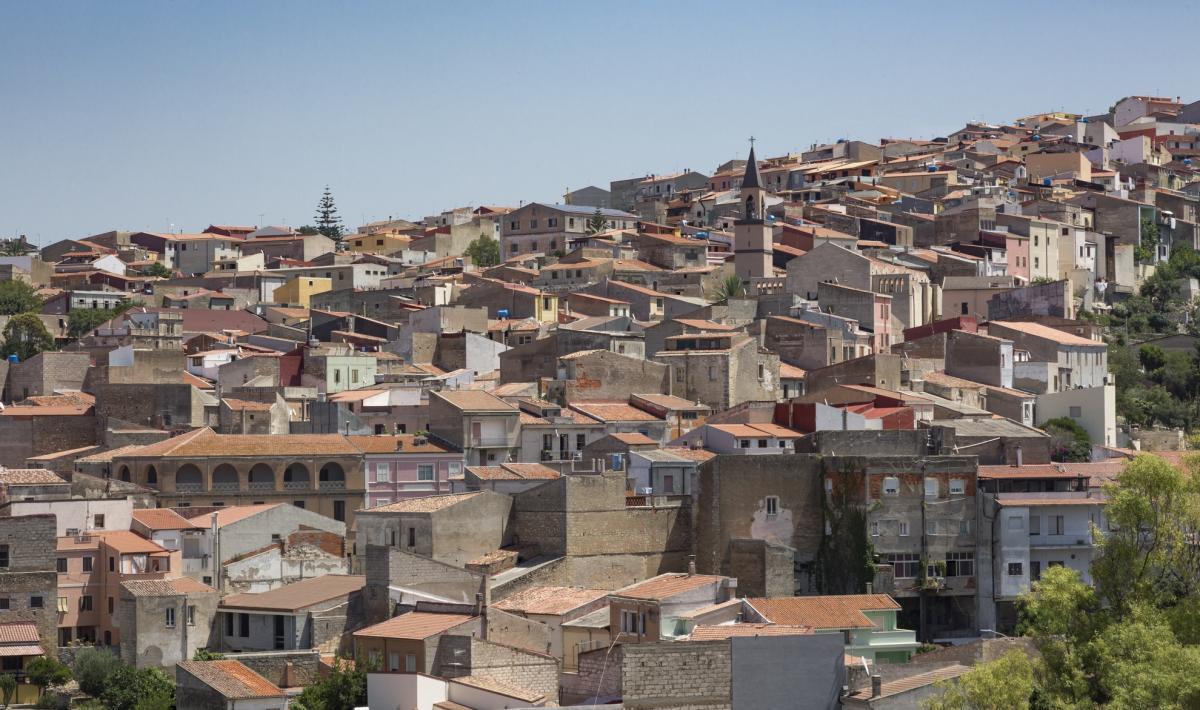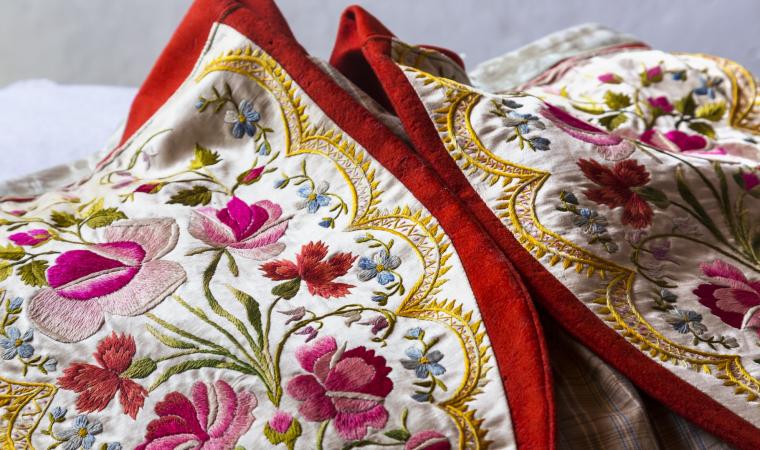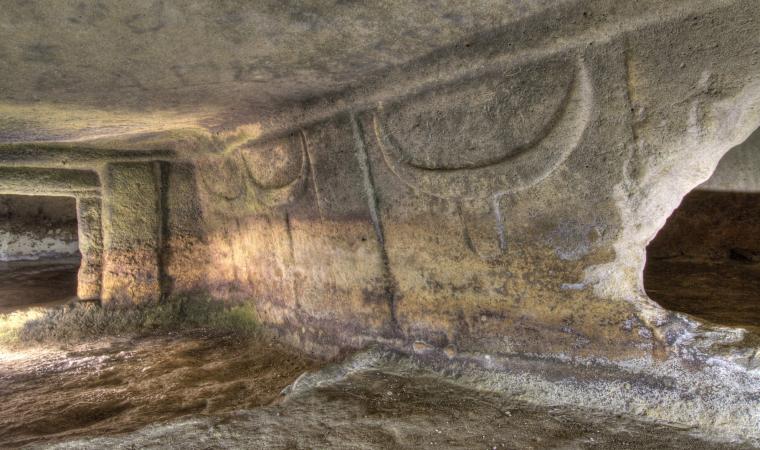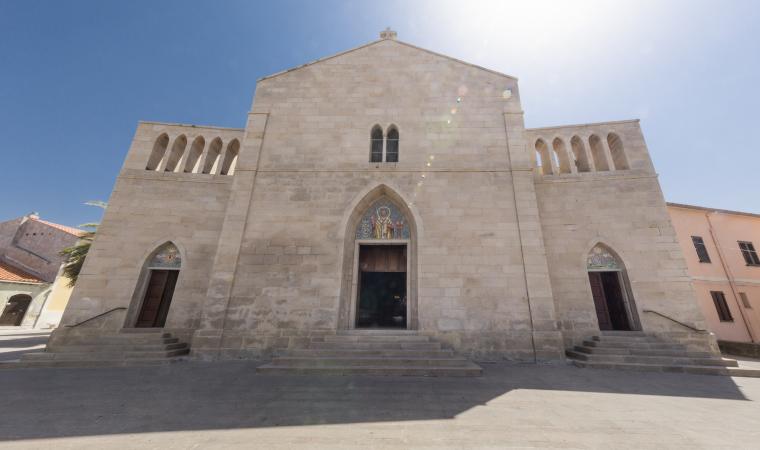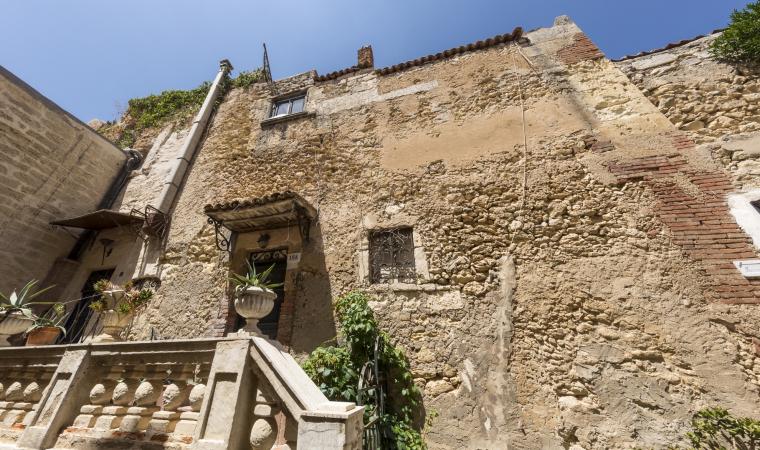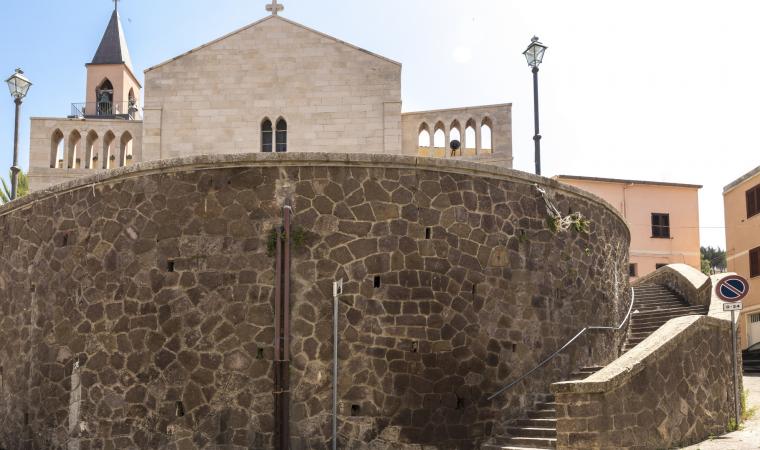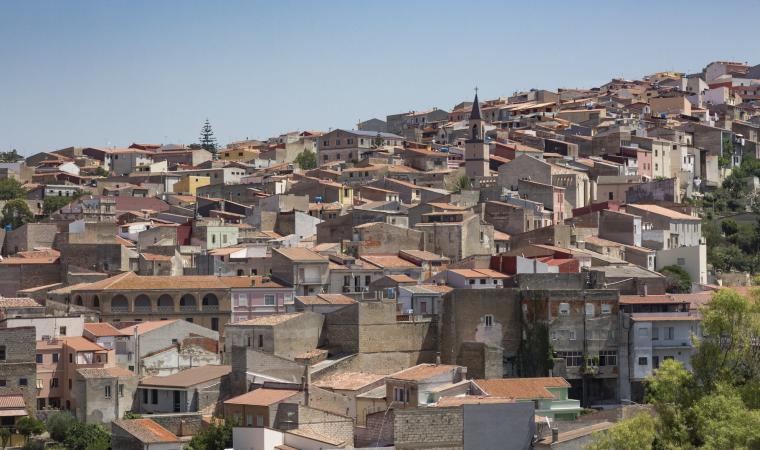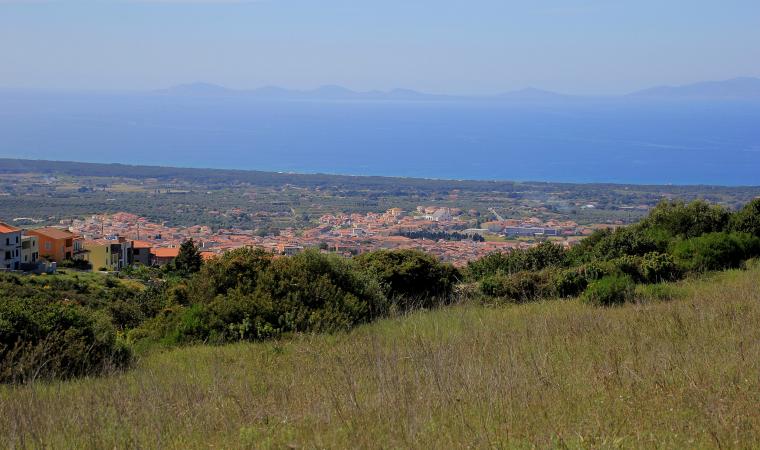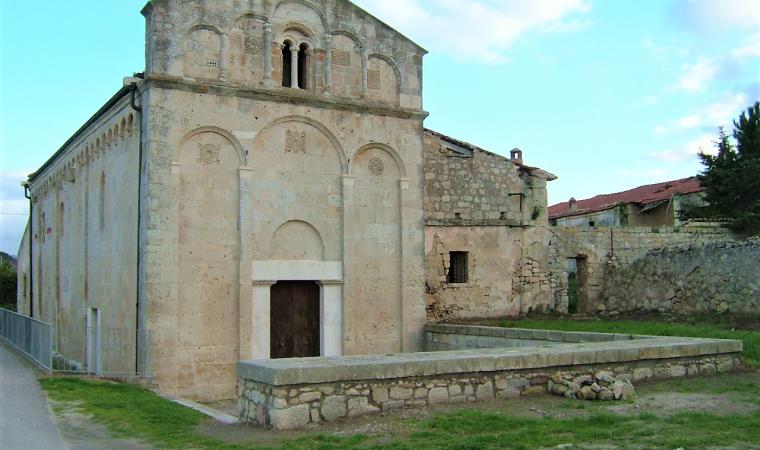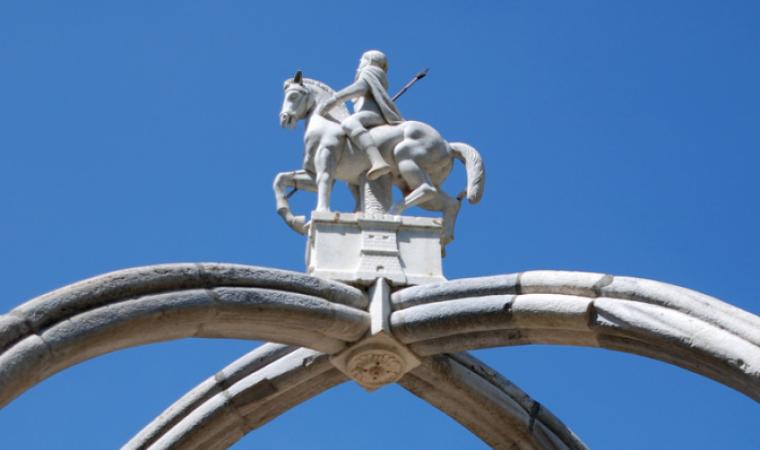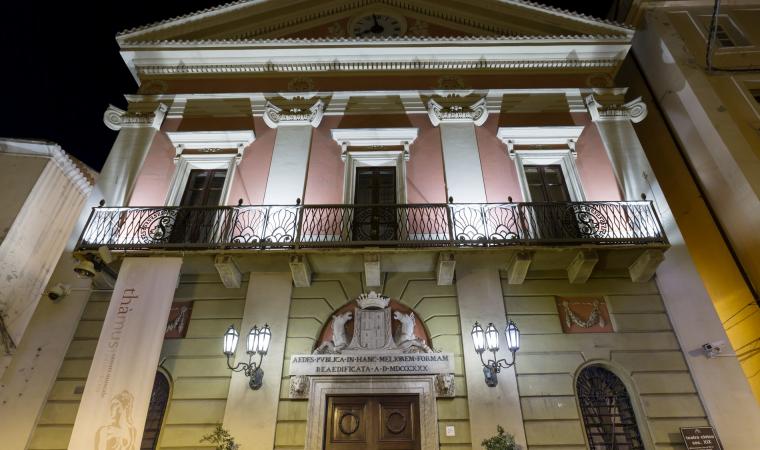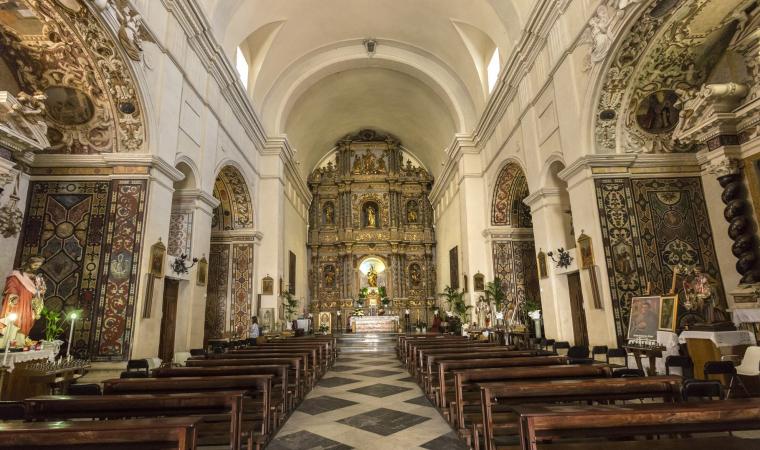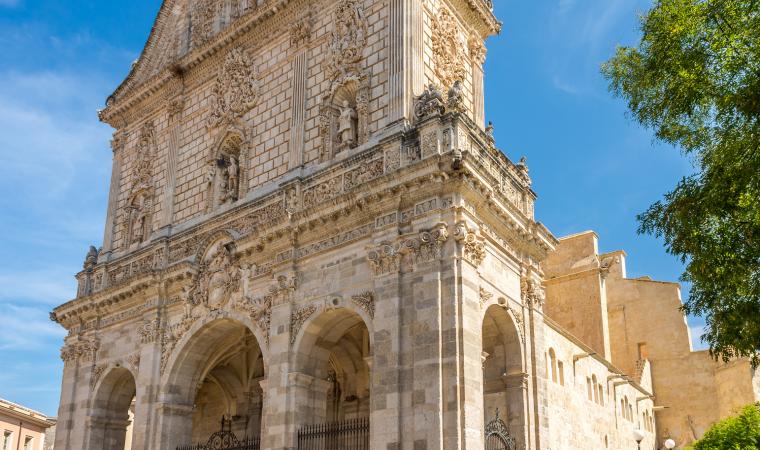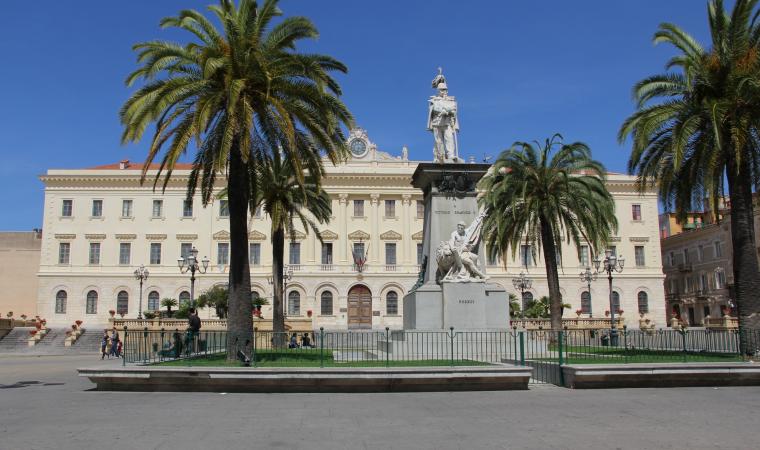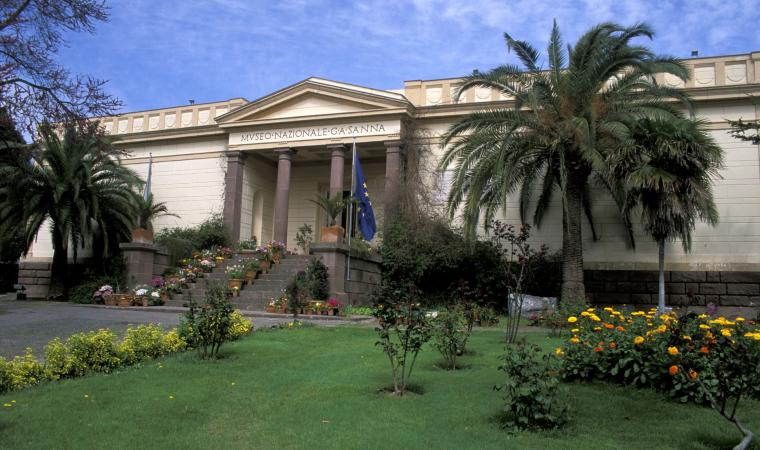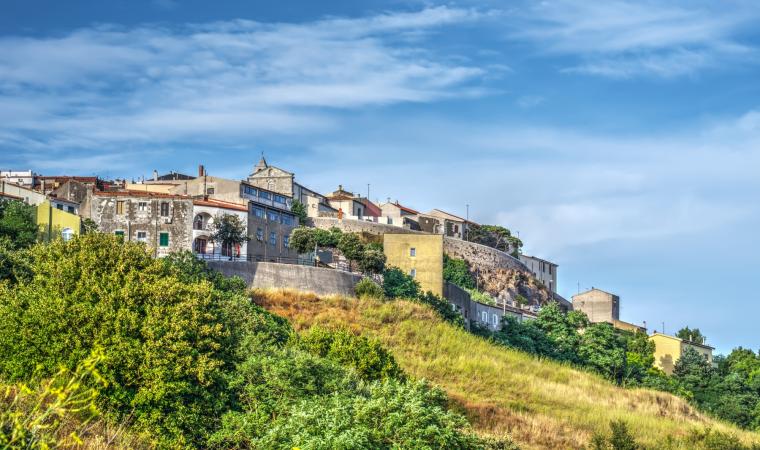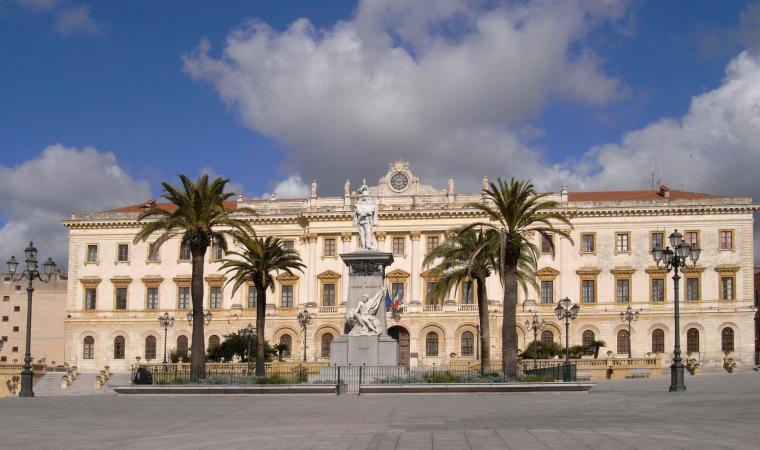Arranged in amphitheatre style in a valley, between the hills on which there are olive groves, orchards and vineyards, it overlooks the landscape of the Gulf of Asinara. Sennori is a village with seven thousand inhabitants, squeezed in between Sassari and Sorso, in Romangia, a territory that gets its name from Romania, 'the lands conquered by Rome', in contrast to Barbarism. The village may have emerged during the Roman age, as a garrison-village, mentioned for the first time in documents written in 1082. The Palattu Ezzu reminds us of the feudal age. Today it is basically an agricultural village that produces excellent olive oil and wine, the primary sources of its wealth. Not surprisingly, it belongs to the national associations ‘città dell’olio’ e ‘città del vino’ (city of oil and city of wine - and is the first Sardinian Municipality to receive this title). Sennori is also famous for its artisan tradition, expressed in the art of weaving, with the production of baskets made from the leaves of the Mediterranean dwarf palm, and in the traditional dress: it boasts four women’s variants, among the most precious in Sardinia. The men’s dress is also very rich.

